
A recent study by Payscale revealed that 82% of employees are likely to trust an employer sharing clear and transparent pay information. California has led the charge on equitable compensation practices, and the heightened stakes in 2024 with upcoming pay transparency laws impact employers as never before.
As a chief human resources officer, along with experience in compensation, an understanding of these laws goes beyond just compliance-it is a strategic imperative. From mandatory salary range disclosures to reformed Equal Pay Act provisions, these laws will compel most organizations in compensation and hiring practices to undertake a new path.
This guide polishes every detail to help you comply with legality while considering competitiveness and alignment with developing changes in California's legal landscape.

A policy of openly communicating details of an organization's compensation practices, salary structure, and pay equity initiatives with the aim of increasing accountability and pay equity.
California pay transparency laws are embedded in a larger agenda of equity, worker empowerment, and strong action against discrimination in pay practices.
The reach of these laws is extensive, affecting myriad stakeholders:
1. Employers
All companies with employees in California (whether incorporated there or out of state) are governed by the laws.
Employers residing in California with 15 or more workers must provide pay scales in every job posting.
2. Job Applicants
This will allow candidates to make well-formed decisions regarding applications for roles with a disclosed pay range.
Any level of trust provides a platform for employment equality-mindedly women and minorities who are disproportionately affected by pay gaps.
3. Current Employees
Existing staff can request salary ranges for the job they are in, creating greater internal clarity and discussion about pay equity.

For HR and compensation professionals like you, pay transparency is not just about complying with the law. It carries far-reaching implications for managing talent and shaping the culture of an organization:
California's impending laws create hurdles and opportunities for employers in 2024. Here’s some strategies that HR leaders can use to upgrade their systems:
Understanding the Law on Pay Transparency in California
The new regulations will ramp up mandatory disclosures and proactive measures.
Employers are obliged to:
Pro Tip: Regularly benchmark salaries against market data to ensure ranges are competitive and aligned with industry standards.
With the adoption of pay transparency, quantifiable benefits could include:
Stronger Employer Brand: Transparency in salary attracts workers with higher potential to organizations.

Presently, the California Equal Pay Act complements pay transparency laws by outlawing pay discrimination across demographic lines.
The most substantial amendments went live on January 1, 2016.
Yes, other modifications have defined terms, clarified reporting requirements, and amplified penalties associated with noncompliance.
1. Prepare an Inventory of Employee Data
Make sure that payroll, job descriptions, and classification records are accurate and accessible.
2. Review Hiring Practices
Adopt a systematic form of hiring procedures to prevent unconscious bias and ensure uniformity in the offers for compensation.
3. Specify and Disclose Salary Ranges
Keep updating salary ranges and train managers on how to communicate them effectively with candidates and for performance evaluations.
Pay Transparency
Salary ranges must be included in all job postings for employers with 15 or more employees. Job postings must include the hourly wages or salary compensation; a general description of any other compensation or benefits; and the date when applications for the job will no longer be accepted.
Pay Data Reporting
Under the law, "wage range" is the minimum and maximum hourly rate in job postings and advertisements. Employers must annually report pay data to the CRD, delineating disparities across gender, race, and other demographics.
Prohibition Regarding Salary History Inquiries
Employers shall alight upon any applicant's salary history when making a determination regarding salary decisions. That is, an employer may ask an applicant for his or her salary expectations for the position, as distinguished from asking what the applicant earned in the past, making the culture more open and understanding.
It refers to work requiring comparable levels of skill, effort, and responsibility, even if job titles differ.
Yes, the law focuses on the nature of the work rather than job titles.
Employers must show pay disparities are based on:
A legitimate business necessity, such as education or experience.
California's salary range disclosure law requires employers with 15 or more employees to disclose the salary range for every active job posting. This requirement came into effect on January 1, 2023, with the aim of informing job seekers about pay transparency.
California's AI Transparency Act was introduced on September 19, 2024, requiring CSR firms selling generative AI systems to implement tools that can detect popularity in those AIs by recruiting users and providing them with forms to declare whether content is AI-generated or not.
According to California's law, salaried employees must earn at least double the amount a minimum wage worker would receive for a 40-hour work week. This is to ensure that the amount which salaried exempt workers earn is viewed as a fair compensation in accordance with state rules regarding minimum wage.
California's pay transparency law does include or see to employers with 100 or more employees, including when these personnel have been introduced via labor contractors. Yearly, employers in this category must file pay, demographic and workforce data on a non-state owner-based scale to the California Civil Rights Department, which however does require at least one hired employee who is sitting within the borders of the state.
Pay transparency laws are becoming increasingly important as organizations strive to create more equitable workplaces. These laws require employers to disclose compensation information and ensure that pay practices are fair and transparent.
These laws require employers to disclose how much employees get paid, hence making salary formulation equitable and transparent.
CompUp is designed to make the challenges of making-pay-transparency easier while building a fair workplace.
Here is how it can help your organization:
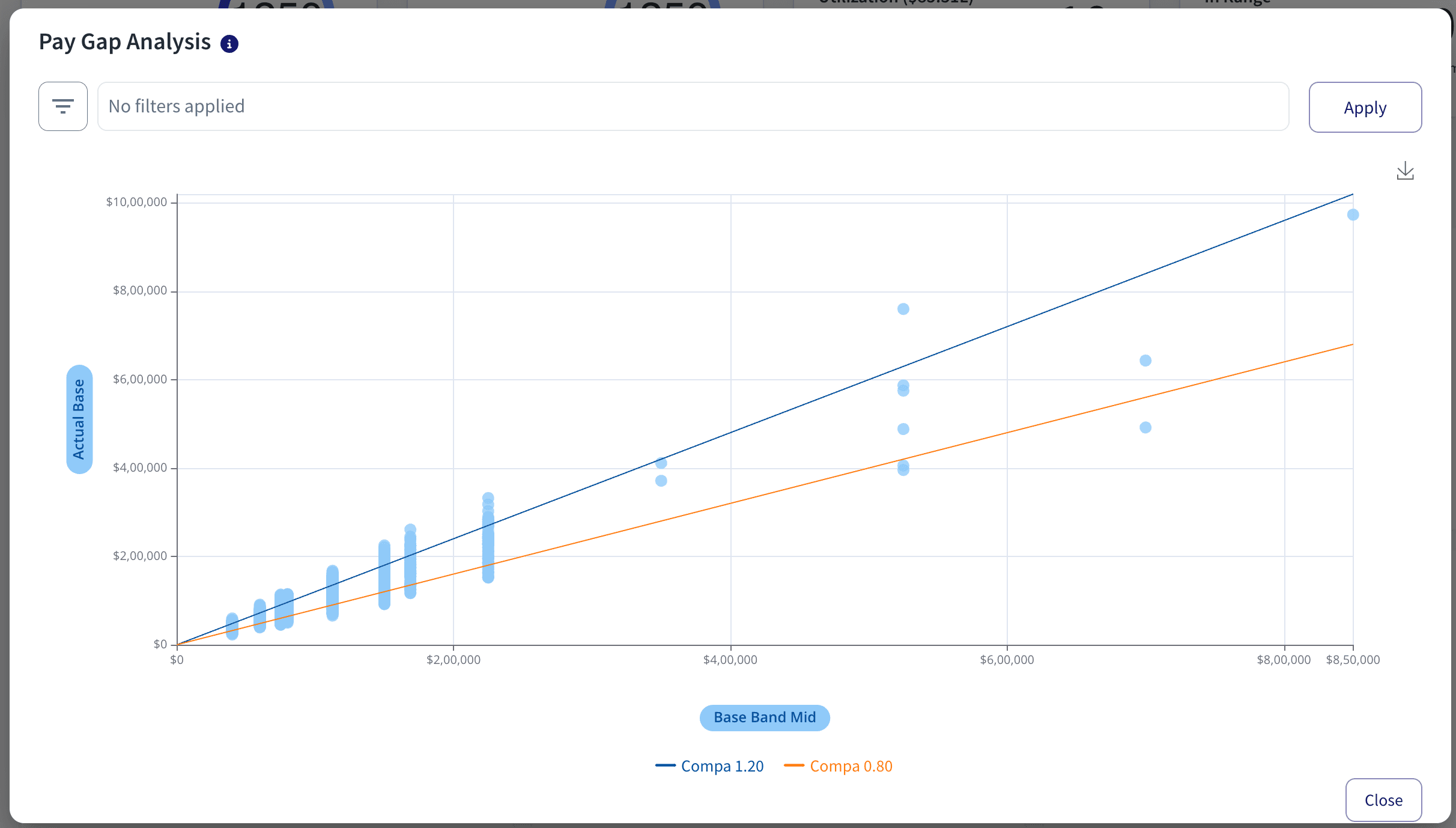
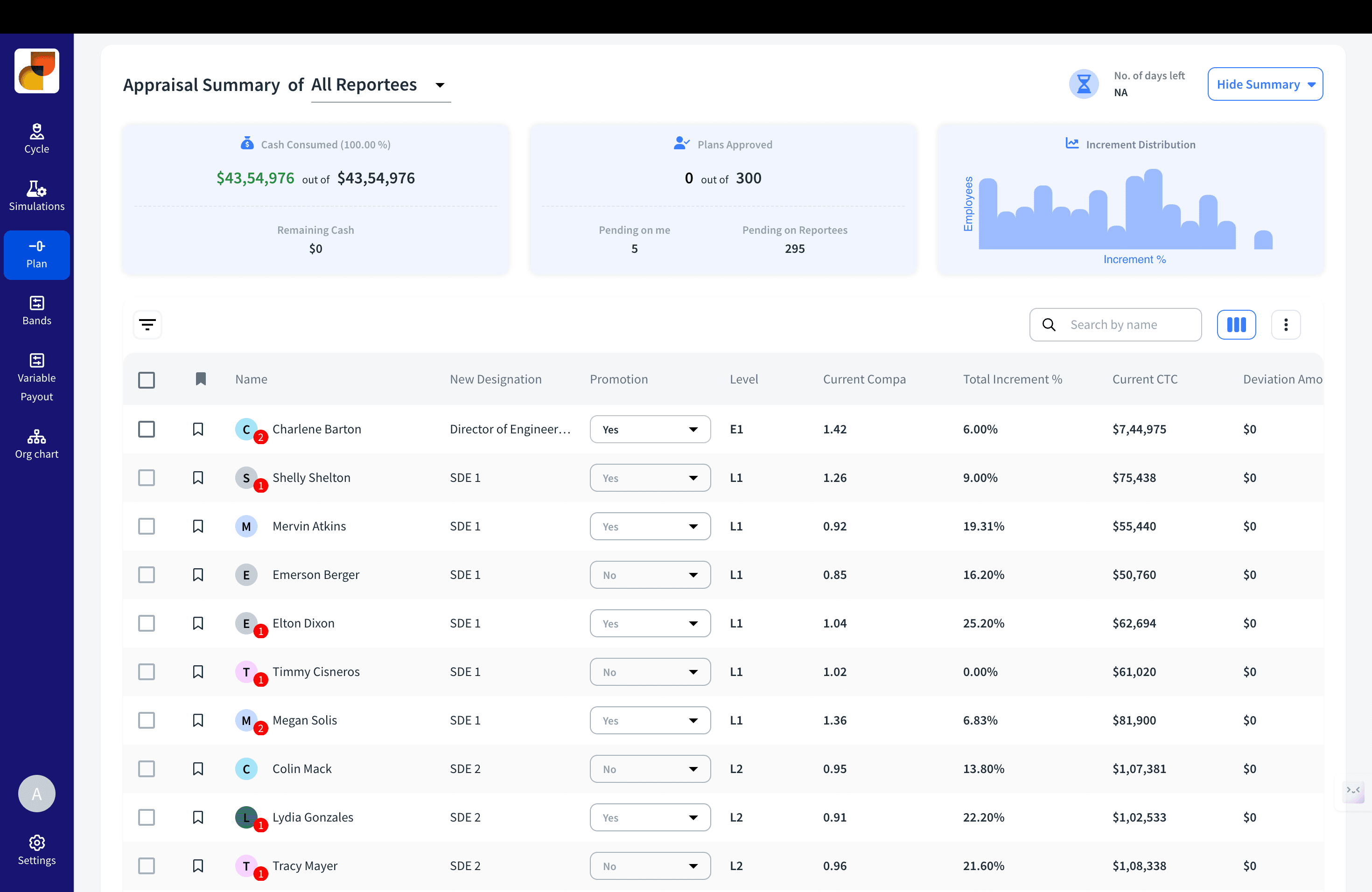
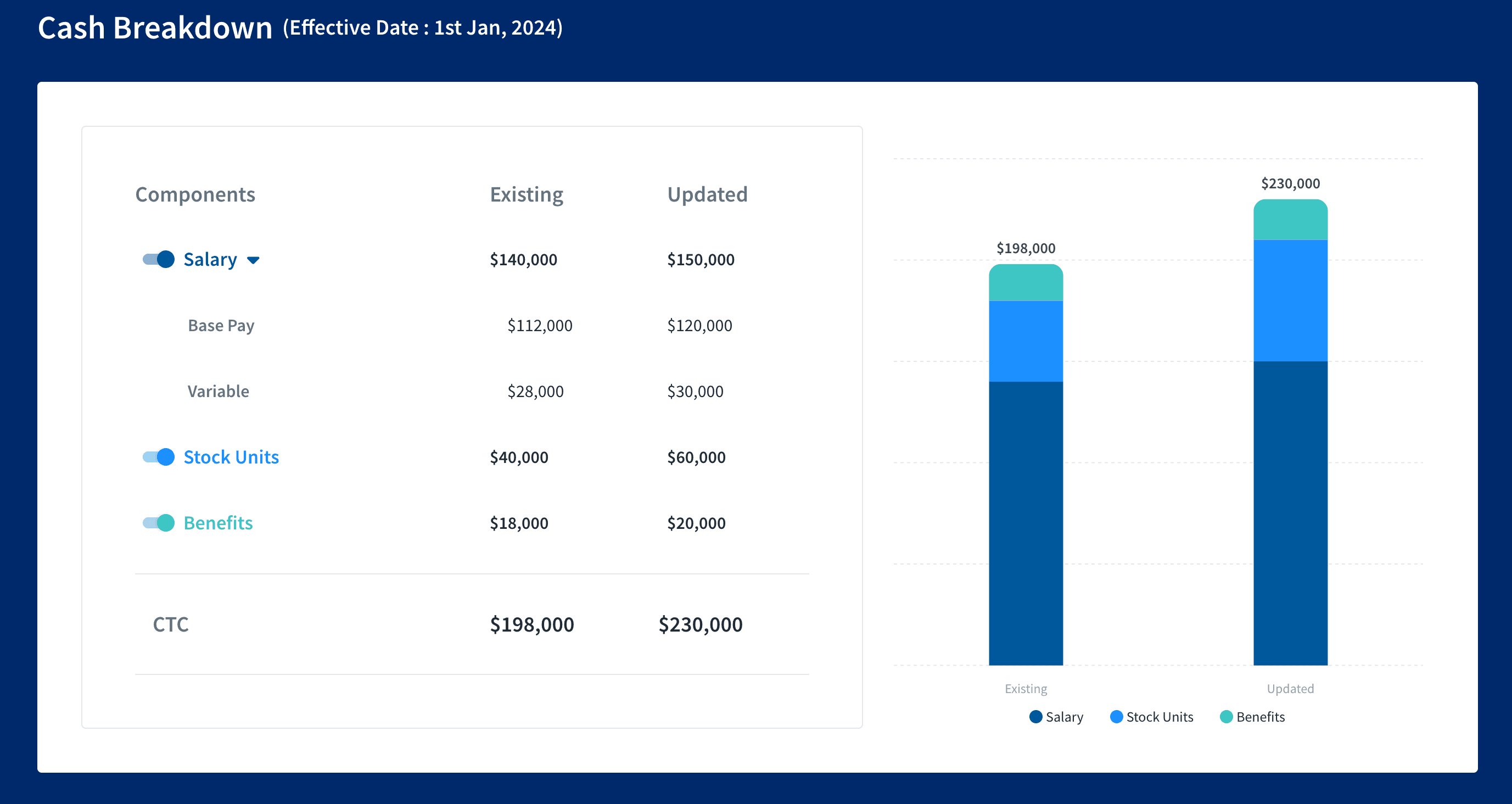
Peer comparison features: CompUp provides transparency so that an employee can compare their pay directly with others, leading to fairness and a culture of openness.
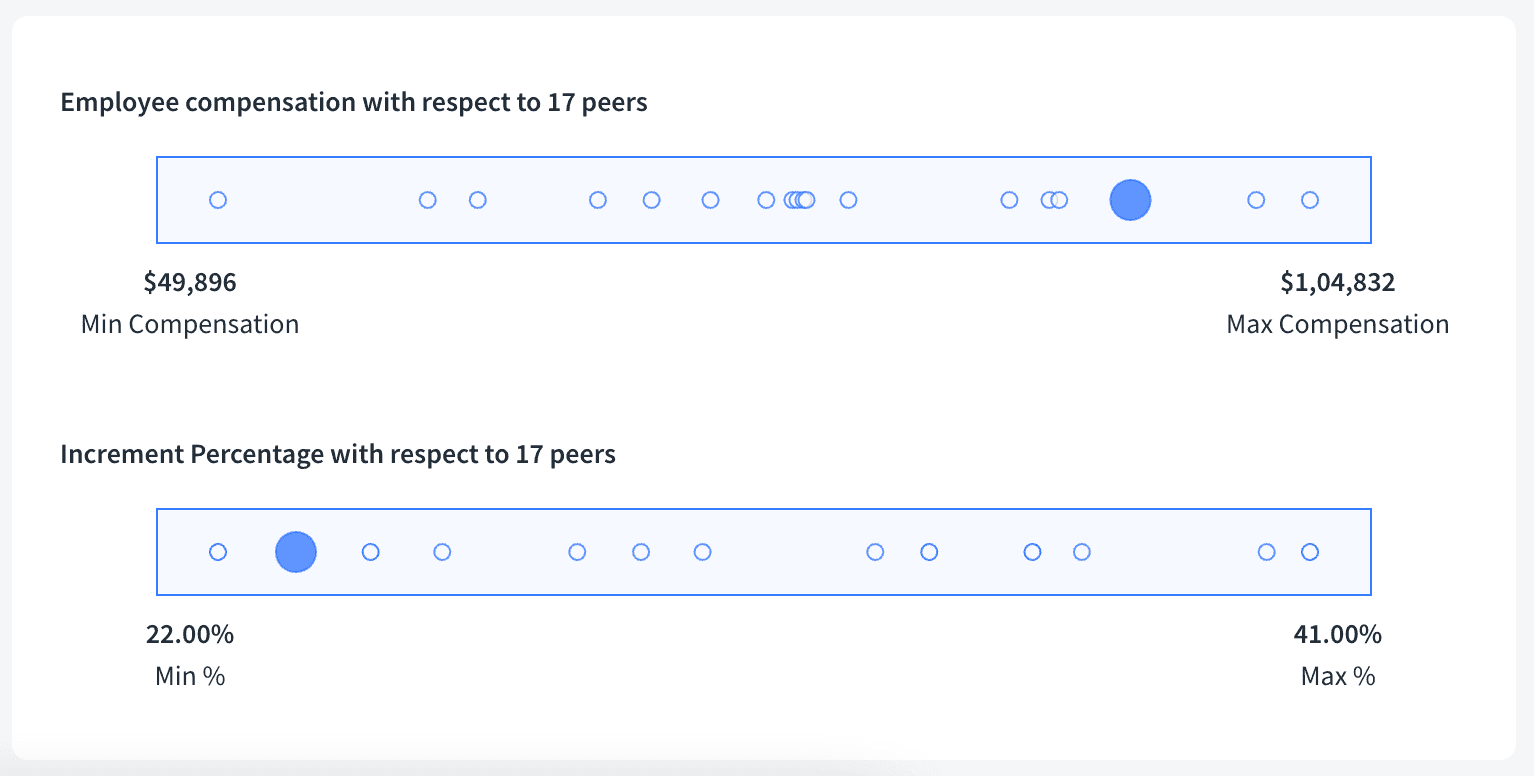
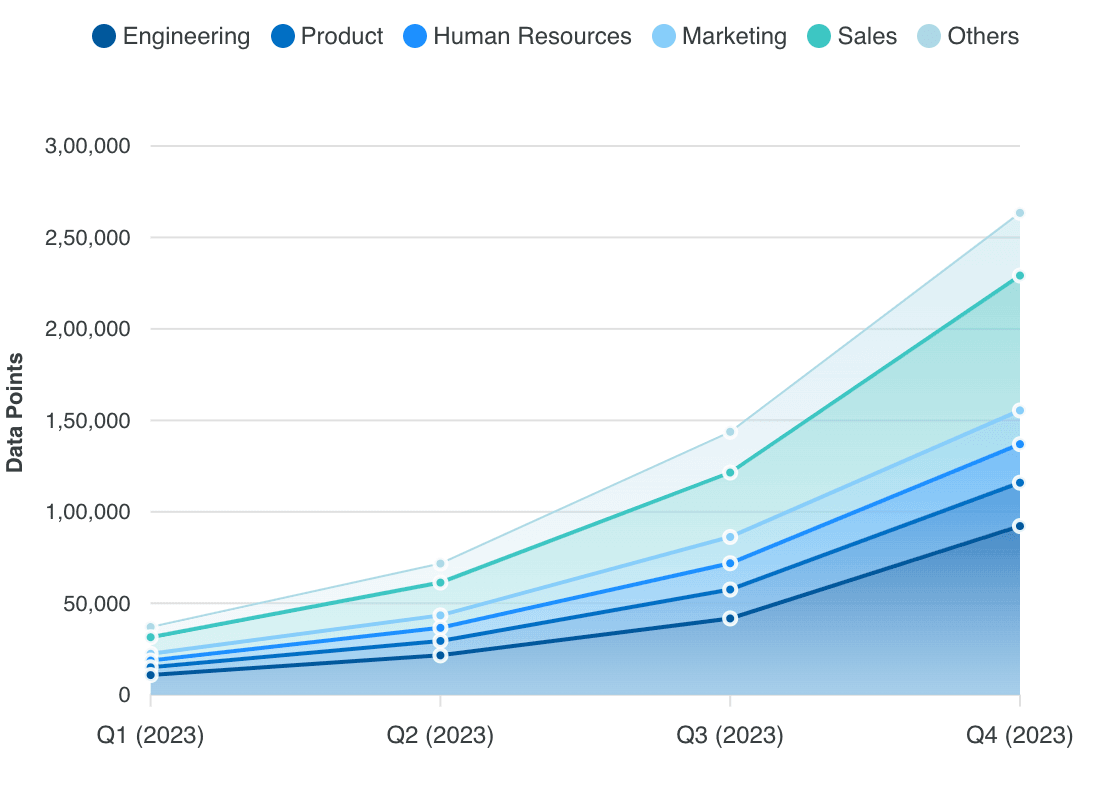
By using CompUp, companies can effectively make transparency a reality and build an increased trust from employees while creating a reputation for being an employer who treats one and all fairly.
The California Pay Transparency Law is changing how organizations manage their compensation. Compliance is only the beginning for HR leaders and compensation professionals; to instill trust and equity, and to position one as a pay equity leader in this market, comes after one complies.
Starting now - refining policies, updating salary data, embracing transparency—compliance isn't just about meeting requirements; it is about creating a workplace that empowers success based on fairness and trust.
If you are looking for a solution that makes compliance easier and uplifts your compensation strategy, CompUp can be your go-to. The full-stack compensation management software was designed to help you achieve fair pay, reduce discrepancies, and future-proof your organization. Get started today.
Community Manager (Marketing)
As a Community Manager, I’m passionate about fostering collaboration and knowledge sharing among professionals in compensation management and total rewards. I develop engaging content that simplifies complex topics, empowering others to excel and aim to drive collective growth through insight and connection.
Revolutionizing Pay Strategies: Don't Miss Our Latest Blogs on Compensation Benchmarking